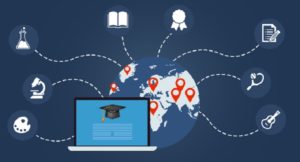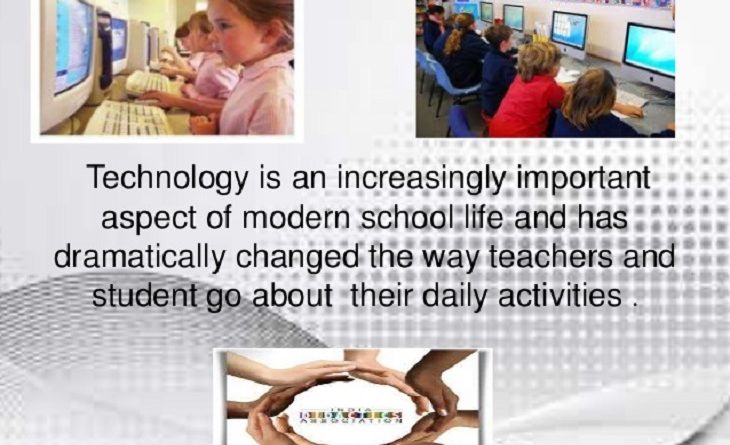How Important is Technology in Education Today?- Importance of Education
The opportunity to write on this topic is an honor as it is a topic that I have looked into over the last several years.
I have been a teacher for 23 years, the first half in early childhood education and the second half in teacher preparation and support at the district and college levels. No matter what level, I have found that there is an ever growing need for Wi-Fi in the classroom for two reasons. In 21st century classrooms, what we are teaching has evolved. The base knowledge students need in content has not changed, but how they learn to access information is vastly different from 20 years ago.

Being able to use current technology in teaching students how to research and what information is considered valid and reliable are key skills for students to be successful. To teach these skills, teachers must have the capability to model and guide the use of these tools in real time in the classroom. The ability for students to contact their teachers to ask questions, clarify information, and collaborate with classmates are 21st century skills that are needed in the workplace.
Read More: 6 Best Reasons to Give Flowers as a Gift
The jobs that our students will be filling in 10, 15, 20 years may not even be known and how to use technology to communicate, collaborate, research, create, and present will be soft skills that will be necessary and valuable no matter what jobs are available at that time. Secondly, the resources available to enhance learning for students is a powerful tool that teachers can use to engage students in active hands-on learning, providing more meaningful and relevant application of learning for students. Being able to pull up images, videos, examples of geography, historical sites, artwork, can be critical in engaging students in learning.
As an early childhood educator, my goal was to teach children to love reading and writing first and foremost and then how to read and write. Once these skills are taught, elementary and secondary teachers need to teach students how to use these skills to learn about whatever they want and then doing those things that they have learned about that interest them. It also allows for teachers to personalize instruction, matching lessons and assignments with students’ varied learning styles using multiple means of representation and presentation. Access availability for all students can expand student curiosity and interest in areas that may never have been an option before.

Teachers are already spending their own money to provide resources in the classroom so providing Wi-Fi would allow teachers exponentially more information and resources than they could ever pay for with a teacher’s salary. This support could not only help to engage students in learning, but could be a way to ignite teachers to improve their lessons with resources to make learning come alive. Interactive education has proven to be more effective for students. Active engagement is key to student learning and success. The ability to have this real time learning in the classroom is even more critical for low socio-economic and at-risk students who may not have the time or capability to do this outside of their school day.
Limited availability and support at home could be influencing their ability to even complete required work if not given the opportunity to do this on campus and during class time. Our classrooms can no longer be bound by the confines of print encyclopedias, outdated textbooks, and limited teacher knowledge. To be competitive in our ever changing world, we must give our students every opportunity available to peak their interests and expand their world view. It doesn’t matter if it is an early childhood classroom where teachers access pictures of places that children may not have ever seen or as a comparison for different types of animals. There is an abundance of resources such as online books and music. What an opportunity for secondary students who need to learn how to research and enhance communication skills through PowerPoint presentations, blogs, or videos and for post-secondary education students who need to be taught how to use technology in the classroom to teach students in this ever growing technologically dependent world.
Studies from Router Instructions have proven that technology is a tool that is evident in our everyday life. Students are already familiar and using technology well, so why not use their already developed skills to increase their engagement and learning opportunities in the classroom?




